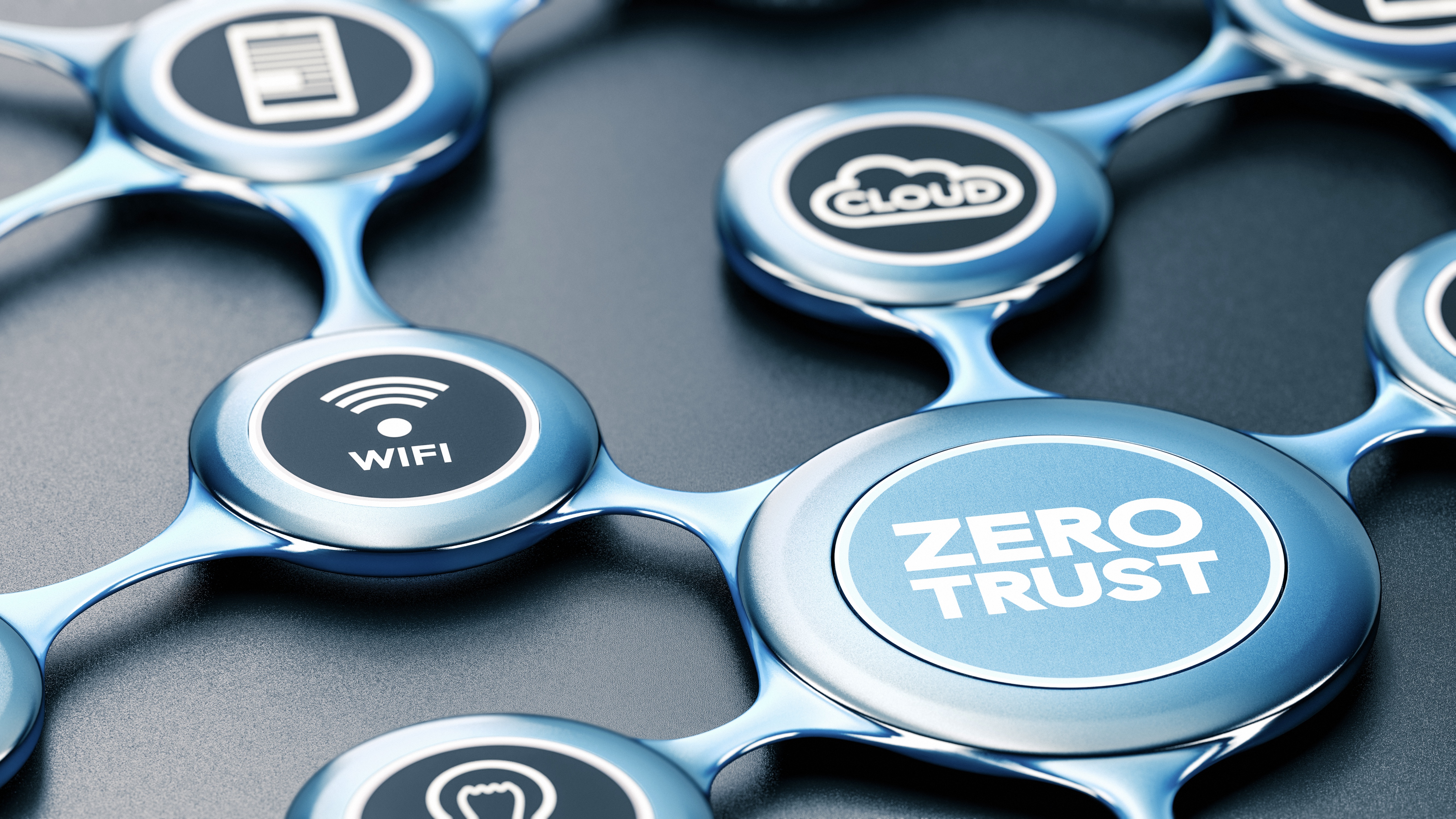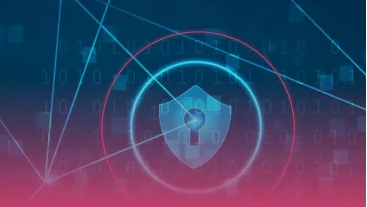Implementing zero trust with the Internet of Things (IoT)
Continuous focus on organizational security is a necessary part of modern life, but are you giving your IoT devices enough attention?


Taking a zero-trust approach to security is pretty much the standard by which organizations are measured these days. It means no user can be on the network without being authenticated and continuously validated.
We think of users as people. But users can also be things. And these internet-facing things – Internet of Things (IoT) devices – can be as much of a cyber security issue as people. Actually, they can be more of a security issue.
The dangers of enterprise IoT
Organizations rely on IoT devices to help them keep operational on a day-to-day basis. There are plenty of devices that keep a business running including security cameras, printers, smart TVs, conference room equipment, kitchen equipment, and environmental sensors. These might include thermostats, smoke detectors, and ventilation systems alongside smart locks and room entry management systems.
READ MORE

The UK's IoT proposals are riddled with 'astonishing' gaps
All of these use software to complete tasks and share data with other devices, inside or outside the network. Their communication is typically automated, machine to machine, and doesn’t involve a human. It may never be monitored in any way that’s meaningful in a security-conscious sense.
Normally, we’d consider many of these devices as the domain of the facilities team rather than the IT team, and outside the scope of the enterprise network that needs protecting. It’s one of the many considerations when it comes to assessing IoT security risks.
“Consider older facilities,” says Abel Archundia, managing director, of global advisory and life sciences at ISTARI. “They may create or manage sensitive data yet likely have air conditioning units or cameras installed years ago in the same network. And most of these systems have no protocol to upgrade operating systems in IoT devices. The worst thing is that they’re not very complex or hard to crack.”
Each of the devices attached to an organization’s network presents a danger, John Linford, Security & OTTF Forum Director at the Open Group explains.
Sign up today and you will receive a free copy of our Future Focus 2025 report - the leading guidance on AI, cybersecurity and other IT challenges as per 700+ senior executives
“Devices inevitably have vulnerabilities through their connection to a network,” he tells ITPro. “With the growing use of IoT devices, a business’s attack surface expands as attacks can originate from the channels that connect IoT devices.”
Poor security from the outset
It’s a key problem that poor security is a feature of many of these IoT devices right from the outset – and they don’t have to be particularly old to feature poor security. Right out of the box, they can come with default passwords that aren’t changed on installation, and can have a poor level of commitment to firmware updating and patching. They either lack a regular schedule, a commitment to patch whenever a fault is found or have a short period of support before dropping out of the support regime completely.
“[An IoT device can] lack support for modern, secure controls like two-factor authentication (2FA), and logging and monitoring of device access and network traffic,” Matt Lewis, commercial research director at NCC Group, tells ITPro.
“They often lack an interface – such as a screen to provide notifications about possible new software updates. And they are regularly overlooked as they appear as black boxes performing a function and are presumed to be fine if operational.
“For many IoT devices, updating their firmware can require physical access, which can be difficult for say IP cameras mounted high on fences or gates.”
Why you can’t trust any IoT device
There’s a strongly held view that it simply isn’t possible to trust any IoT device, even if it’s equipped with automatic security updating. “As a former CIO, my guidance is that preparation is the best defense,” Archundia tells ITPro.
IoT devices are often just too much of a risk; they’re too much of a soft entry point into the organization to overlook them. It’s best to assume each device is a hole in an enterprise’s defenses. Perhaps each device won’t be a hole at all times, but some may be for at least some of the times. So long as the hole isn’t plugged, it can be found and exploited.
READ MORE

That’s actually fine in a zero trust environment, because it assumes every single act, by a human or a device, could be malicious. The system, therefore, monitors and checks everything on the basis that a successful attack is always a possibility.
Linford adds it’s possible to limit the scope of an attack administered through IoT in a zero trust environment. “Because zero trust focuses on continuously verifying and placing security as close to each asset as possible, a cyber attack need not have far-reaching consequences in the organization,” he says. “By relying on techniques such as secured zones, the organization can effectively limit the blast radius of an attack, ensuring that a successful attack will have limited benefits for the threat agent.”
Still, the devices themselves merit plenty of attention on an individual basis. Lewis advocates a robust asset management process in which organizations take steps to track every single asset as much as possible. “[This includes] subscribing to notifications from all of their tech vendors about any new software updates, and ensuring a documented process is followed to install any updates or security fixes in a timely manner. This should all be done as a periodic routine, rather than say a once a year activity”.

Sandra Vogel is a freelance journalist with decades of experience in long-form and explainer content, research papers, case studies, white papers, blogs, books, and hardware reviews. She has contributed to ZDNet, national newspapers and many of the best known technology web sites.
At ITPro, Sandra has contributed articles on artificial intelligence (AI), measures that can be taken to cope with inflation, the telecoms industry, risk management, and C-suite strategies. In the past, Sandra also contributed handset reviews for ITPro and has written for the brand for more than 13 years in total.
-
 Trump's AI executive order could leave US in a 'regulatory vacuum'
Trump's AI executive order could leave US in a 'regulatory vacuum'News Citing a "patchwork of 50 different regulatory regimes" and "ideological bias", President Trump wants rules to be set at a federal level
-
 TPUs: Google's home advantage
TPUs: Google's home advantageITPro Podcast How does TPU v7 stack up against Nvidia's latest chips – and can Google scale AI using only its own supply?
-
 Microsoft opens up Entra Agent ID preview with new AI features
Microsoft opens up Entra Agent ID preview with new AI featuresNews Microsoft Entra Agent ID aims to help manage influx of AI agents using existing tools
-
 Research shows the financial benefits of implementing zero trust
Research shows the financial benefits of implementing zero trustNews With zero trust shown to drastically reduce the number of cyber incidents, insurers are catching on and lowering premiums
-
 Microsoft ramps up zero trust capabilities amid agentic AI push
Microsoft ramps up zero trust capabilities amid agentic AI pushNews The move from Microsoft looks to bolster agent security and prevent misuse
-
 Zero trust gains momentum amid growing network visibility challenges
Zero trust gains momentum amid growing network visibility challengesNews Organizations are looking to automation, orchestration, and risk mitigation as key security priorities
-
 Billions of IoT devices will need to be secured in the next four years – zero trust could be the key to success
Billions of IoT devices will need to be secured in the next four years – zero trust could be the key to successNews Researchers have warned more than 28 billion IoT devices will need to be secured by 2028 as attacks on connected devices surge.
-
 Cognizant and Zscaler expand partnership to launch new AI-powered zero trust security tools
Cognizant and Zscaler expand partnership to launch new AI-powered zero trust security toolsNews The pair’s expanded partnership aims to help customers simplify their security setups while tackling evolving cyber threats
-
 The evolution of SASE and its importance in zero trust
The evolution of SASE and its importance in zero trustSupported Content SASE has been an increasingly important security framework for five years – but integrating zero trust is crucial to its success
-
 Why siloed thinking could be undermining your zero trust strategy
Why siloed thinking could be undermining your zero trust strategyAdvertisement Feature Despite the majority of businesses now moving towards a zero trust strategy, a siloed view of security means many are unable to fully embrace everything the technology has to offer